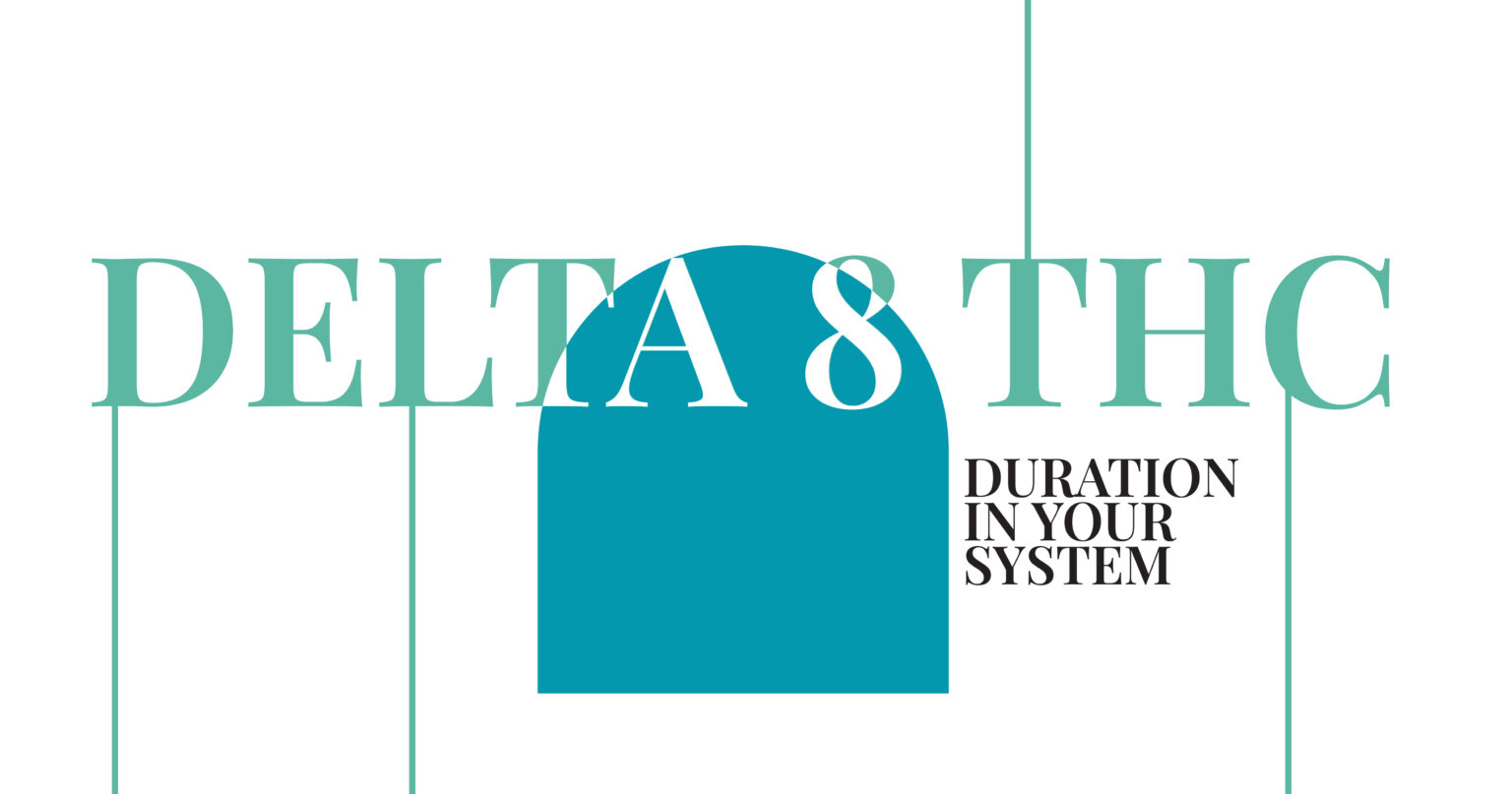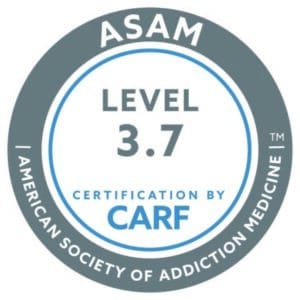LSD, or lysergic acid diethylamide, is a potent hallucinogenic substance that has captivated researchers, artists, and recreational users for generations. Whether you are exploring the therapeutic potential of psychedelics or simply want to understand how long LSD stays in your system for safety or drug testing reasons, it is crucial to have reliable, in-depth information. This comprehensive guide covers the science behind LSD’s duration in the body, factors influencing detection times, and modern testing methods—helping you make informed decisions about use, health, and compliance.
What Is LSD?
LSD is a synthetic psychedelic drug, first synthesized in 1938 by Swiss chemist Albert Hofmann while working at Sandoz Laboratories. Its mind-altering properties were accidentally discovered by Hofmann in 1943, marking the beginning of LSD’s impact on neuroscience, psychology, and popular culture. LSD is derived from ergot, a fungus found on rye and certain other grains. It is most commonly distributed on blotter paper, which consists of tiny, absorbent squares that deliver precise microgram doses, but it may also appear as a liquid, pill, or crystalline powder.
Street names for LSD include acid, dots, mellow yellow, and windowpane. Once ingested, LSD interacts with serotonin receptors in the brain, primarily the 5-HT2A receptor, resulting in profound alterations in perception, mood, and cognition—commonly referred to as a “psychedelic trip.” These changes can include vivid visual and auditory hallucinations, emotional shifts, and altered thought patterns. For more on LSD’s pharmacology, visit the National Institute on Drug Abuse.
How Long Does LSD Stay in Your System?
The duration that LSD remains detectable in your body depends on several variables, including dosage, frequency of use, individual metabolism, and the specific drug testing method employed. Below, we break down the average detection windows for LSD in different biological samples.
| Test Type | Detection Window | Notes |
|---|---|---|
| Blood | Up to 12 hours | Peak levels within 1 hour; rarely tested due to short window |
| Urine | 2–5 days | Most common method for detecting LSD metabolites |
| Hair | Up to 90 days | Detectable after 7 days; expensive and less reliable |
| Saliva | 1–24 hours | Rarely used due to low concentrations in saliva |
How Long Does It Take to Feel the Effects of LSD?
After ingesting LSD, users typically begin to feel its effects within 20 to 90 minutes. The peak experience occurs between 2 and 4 hours, with the overall trip lasting 6 to 12 hours. Some individuals may experience residual effects or an “afterglow” for up to 24 hours. Rarely, individuals may suffer from persistent visual disturbances or “flashbacks,” a condition known as Hallucinogen Persisting Perception Disorder (HPPD), which can last for days or weeks.
LSD in Blood
LSD enters the bloodstream rapidly, reaching peak concentrations within about an hour. However, the drug is metabolized and eliminated quickly, with a half-life of approximately 3 to 5 hours. As a result, LSD is typically detectable in blood for up to 12 hours, but blood tests are seldom used due to this brief detection period.
LSD in Urine
After ingestion, LSD is metabolized by the liver into several compounds, including 2-oxo-3-hydroxy-LSD (O-H-LSD), which are excreted in urine. About 13% of the original dose leaves the body via urination. LSD can generally be detected in urine within 8 hours of use and remains traceable for 2 to 5 days, depending on frequency and dosage. Occasional users may clear the drug within 3 days, while frequent users may require up to 5 days.
LSD in Hair
Drugs like LSD can be deposited in hair follicles, where they remain as the hair grows. It takes approximately 7 days post-ingestion for LSD to be detectable in a hair sample, and it may be present for up to 90 days or more. However, hair testing for LSD is rare due to high costs and susceptibility to external contamination.
LSD in Saliva
Saliva tests are not widely used for LSD detection because the drug’s concentration in oral fluids is extremely low. Although LSD can theoretically be detected within an hour of ingestion, current saliva testing methods are not sensitive or reliable enough for consistent results.
Factors That Affect How Long LSD Stays in Your System
The length of time LSD remains detectable is not fixed and can vary significantly between individuals. Here are the main factors influencing the drug’s presence in the body:
Dosage
Larger doses of LSD take longer for the body to metabolize and eliminate. While a typical dose ranges from 100 to 200 micrograms, some users microdose with as little as 10–20 micrograms, while others may ingest much higher amounts. The more you take, the longer it will stay in your system.
Frequency of Use
Single-use or occasional LSD ingestion results in faster elimination compared to chronic or repeated use. Regular users may build up a tolerance and accumulate metabolites, extending the time required for complete clearance from the body.
Individual Metabolism and Health
Metabolic rate plays a significant role in drug elimination. Factors such as age, sex, body weight, liver and kidney health, and genetic differences in metabolic enzymes all affect how quickly LSD is broken down and excreted. For example, individuals with impaired liver function may retain LSD metabolites for longer periods.
- Age: Younger individuals often metabolize drugs more quickly than older adults.
- Sex: Hormonal differences, muscle mass, and body fat percentage can impact drug processing rates.
- Body Weight: Higher body fat may slow elimination, as LSD is partially stored in adipose tissue.
- Overall Health: Liver and kidney efficiency are crucial for metabolizing and excreting LSD.
- Metabolic Rate: People with faster metabolisms will generally clear LSD more rapidly.
Drug Interactions and Hydration
Interactions with other substances, as well as hydration levels, can influence how long LSD and its metabolites stay in your system. Staying well-hydrated and avoiding alcohol or other drugs may support more efficient elimination.
Will LSD Show Up on a Drug Test?
Standard drug tests, such as the commonly used 5-panel screens, do not typically test for LSD because it is not considered highly addictive or as hazardous as other substances. However, specialized tests can detect LSD and its metabolites, particularly in forensic or medical settings. These may be requested after accidents, during legal investigations, or in cases of suspected intoxication.
The four main types of drug tests for LSD include:
- Blood Tests: Detect LSD for up to 12 hours after ingestion.
- Urine Tests: Most reliable, detecting LSD and metabolites for up to 5 days.
- Hair Tests: Can identify LSD use up to 90 days after exposure, though rarely used.
- Saliva Tests: Generally unreliable due to low concentration in oral fluids.
For more detailed information on drug testing methods, refer to the National Center for Biotechnology Information.
What Are the Side Effects of Taking LSD?
LSD is not physically toxic or considered to have a high risk of fatal overdose, but it does produce a range of psychological and physiological effects. These effects vary depending on dose, setting, and individual vulnerability.
Short-Term Side Effects
- Visual and auditory hallucinations
- Altered perception of time and space
- Euphoria or intense emotional shifts
- Confusion, difficulty concentrating, and paranoia
- Dilated pupils, increased heart rate, dry mouth, and nausea
- Elevated blood pressure and body temperature
Long-Term Side Effects
- Persistent anxiety or depression
- Flashbacks or Hallucinogen Persisting Perception Disorder (HPPD)
- Psychosis or severe mood disturbances in susceptible individuals
- Potential psychological dependence (not chemical addiction)
- Difficulty integrating experiences into daily life
While LSD is not considered addictive, psychological dependence can occur, particularly in individuals seeking frequent escapes from reality. Learn more about the mental health effects of hallucinogens from SAMHSA.
How to Get LSD Out of Your System Faster?
If you have recently used LSD and are concerned about an upcoming drug test, there is no guaranteed method to eliminate the drug instantly. However, certain lifestyle adjustments may support your body’s natural detoxification processes:
Cease Use Immediately
The most effective way to ensure LSD is cleared from your body is to abstain from further use. Allowing sufficient time for your body to metabolize and excrete the drug is key to passing any detection test.
Increase Hydration
Drinking adequate water can assist your kidneys and liver in processing and flushing out toxins, including LSD metabolites. However, avoid excessive water intake immediately before a drug test, as overly diluted urine may be flagged as suspicious and lead to retesting.
Maintain a Nutritious Diet
Eating foods rich in antioxidants and vitamins—such as citrus fruits, leafy greens, ginger, and garlic—can help support liver function and overall detoxification. Avoiding processed foods, alcohol, and excessive caffeine can further aid your body’s elimination process.
Engage in Regular Exercise
Physical activity boosts circulation, metabolism, and sweating, all of which can contribute to faster elimination of toxins. You don’t need intense workouts; even daily walks or light exercise can be beneficial.
Consider Natural Detox Aids
Some people incorporate natural detox methods, such as herbal teas (milk thistle, dandelion root), saunas, or dietary supplements. While evidence is limited, these practices may provide additional support for liver and kidney health. Always consult a healthcare professional before trying new supplements or detox regimens.
Get Help for LSD Use at Opus Treatment
If you or a loved one is struggling with LSD use, dependency, or the psychological effects of psychedelic drugs, Opus Treatment offers compassionate, evidence-based care. Our team of experienced professionals provides individualized treatment plans, therapy, and support for those looking to overcome substance use challenges and improve mental health. Contact Opus Treatment today to start your recovery journey in a safe, supportive environment.
Frequently Asked Questions About LSD Detection and Effects
How long does LSD stay in your system after a single use?
For most individuals, LSD is detectable in urine for up to 5 days after a single use, although it is often eliminated within 2–3 days. Blood tests may only detect LSD for 6–12 hours, while hair samples can retain evidence for up to 90 days. Factors such as dose, metabolism, and overall health will influence these time frames.
Can you speed up the elimination of LSD from your body?
While you can support your body’s detoxification through hydration, nutrition, and exercise, there is no guaranteed method to quickly remove LSD from your system. Abstaining from further use and allowing time for natural metabolic processes is the most effective approach.
Will LSD show up on a standard workplace drug test?
LSD is not included in the majority of standard workplace drug screens (such as 5-panel tests). However, specialized tests can detect LSD and its metabolites if specifically requested by employers, law enforcement, or healthcare providers.
What are the risks of repeated LSD use?
Repeated use of LSD can lead to tolerance, psychological dependence, and in some cases, persistent psychological issues such as anxiety, depression, or HPPD. Long-term use may increase the risk of negative mental health outcomes, especially in individuals with a predisposition to psychiatric disorders.
Is it possible to overdose on LSD?
LSD is not considered physically toxic, and fatal overdoses are extremely rare. However, very high doses can result in severe psychological distress, dangerous behaviors, or psychosis. Immediate medical attention should be sought if someone experiences extreme agitation, confusion, or self-harm while under the influence of LSD.
For additional reading on psychedelics, drug testing, and harm reduction, consult the resources provided by Erowid, which offers in-depth, peer-reviewed information for public education.












